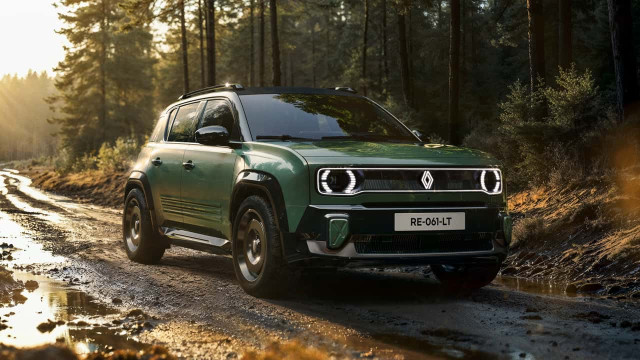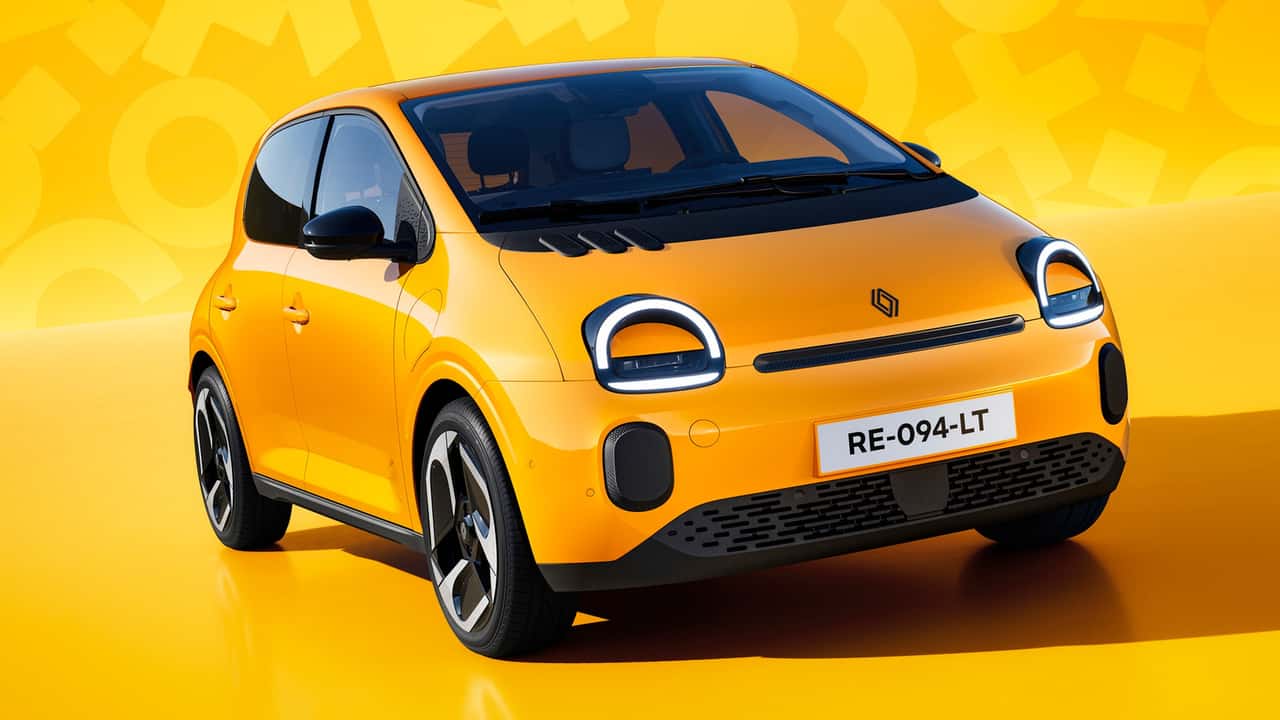Renault Reimagines the Twingo as a compact, affordable electric retro for city living
Renault continues its retro-modern design streak, introducing a Twingo that enters the electric era for 2026. Following the brand's 5 E-Tech Electric and 4 E-Tech Electric, a cherished name is revived with a contemporary twist: the Twingo.
The new model marks a shift from the Renault 4 and 5 revival, as the Twingo is reimagined as an all-electric offering developed in just two years, harking back to the first-generation Twingo that sold from 1992 to 2012.
Design cues pay homage to the original—round headlights, a slim horizontal grille, triple hood vents, and a red hazard switch—yet the car remains practical for today with rear doors, and the rear windows still pop out, a nod to the earlier rear-engined lineage launched in 2014.
The result is a cheerful, charismatic silhouette that stands out in traffic. Although larger than the original, it remains compact by modern standards, measuring about 3,789 mm in length, 1,720 mm in width, and 1,491 mm in height, with a 2,493 mm wheelbase. Renault offers standard 16-inch wheels, with 18-inchers available for a sportier look.
Inside, the cabin blends nostalgia with tech: a 7-inch digital instrument cluster and a 10-inch infotainment display sit ahead of the driver, while exterior color accents find their way into the interior, echoing the first-gen model. The side trim on the front doors is integrated into the body, a detail that visually links the new car to its predecessor and helps reduce manufacturing costs.
The gear selector sits behind the steering wheel, and several traditional controls remain. The center console houses three climate-control dials and a few buttons, steering clear of overly fussy touch-sensitive keys.
A standout practicality feature is the rear seating: two independently sliding rear seats are rare in this class, and the front passenger seat folds flat to accommodate longer items. With the rear seats up, cargo is about 360 liters; fold them down and capacity exceeds 1,000 liters.
Power comes from a front-mounted electric motor delivering 80 hp and 129 lb-ft of torque, which suits urban driving more than speed records. Official figures list 0–62 mph in 12.1 seconds, 0–31 mph in 3.85 seconds, and a top speed of 81 mph. Curb weight is around 1,200 kg, aided by a compact battery package.
The energy source is a 27.5 kWh LFP battery, providing approximately 163 miles (WLTP). A 50 kW DC charger can recharge from 10 to 80% in roughly 30 minutes. The Twingo also supports bidirectional charging via an 11 kW onboard AC charger and an adapter for up to 3.7 kW.
Production is planned in Slovenia, with sales slated to begin early next year. In Europe, the price is projected to be under €20,000 before incentives, placing it against rivals like VW’s ID.1 and peers such as the Fiat 500e and BYD Dolphin, with the ID.1 not arriving until 2027.






